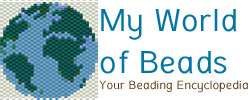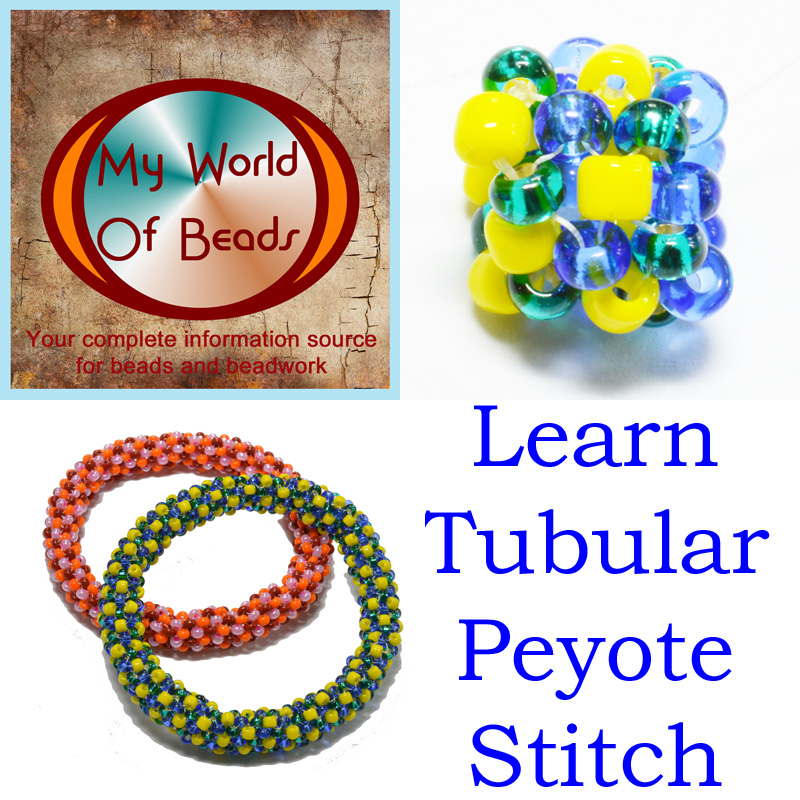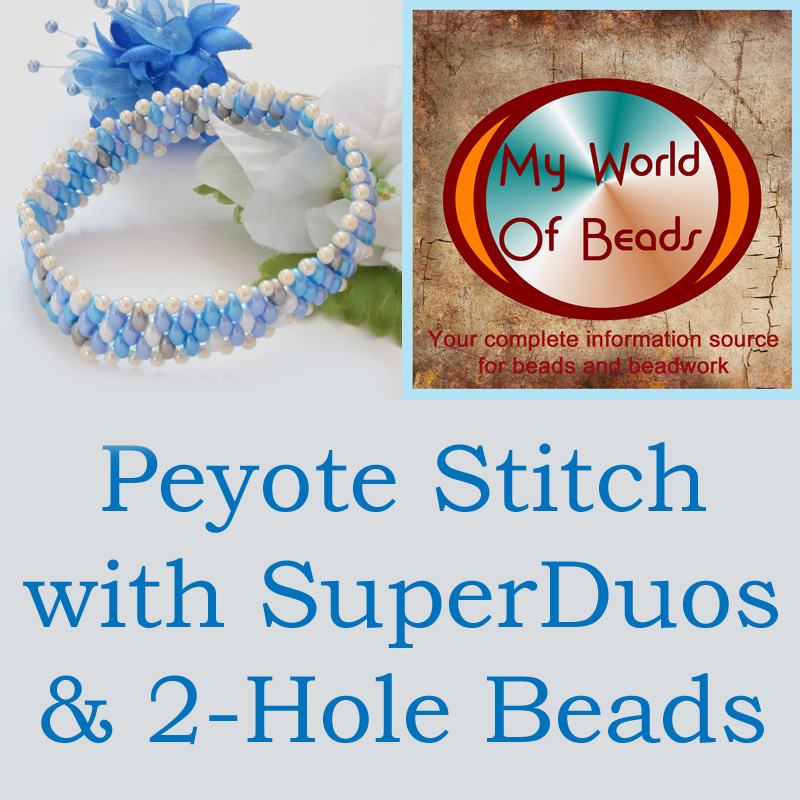How to Learn Peyote Stitch
I’ve talked in general terms about what Peyote stitch is on this page. So, in this section of the website, I want to show you how to learn Peyote stitch.
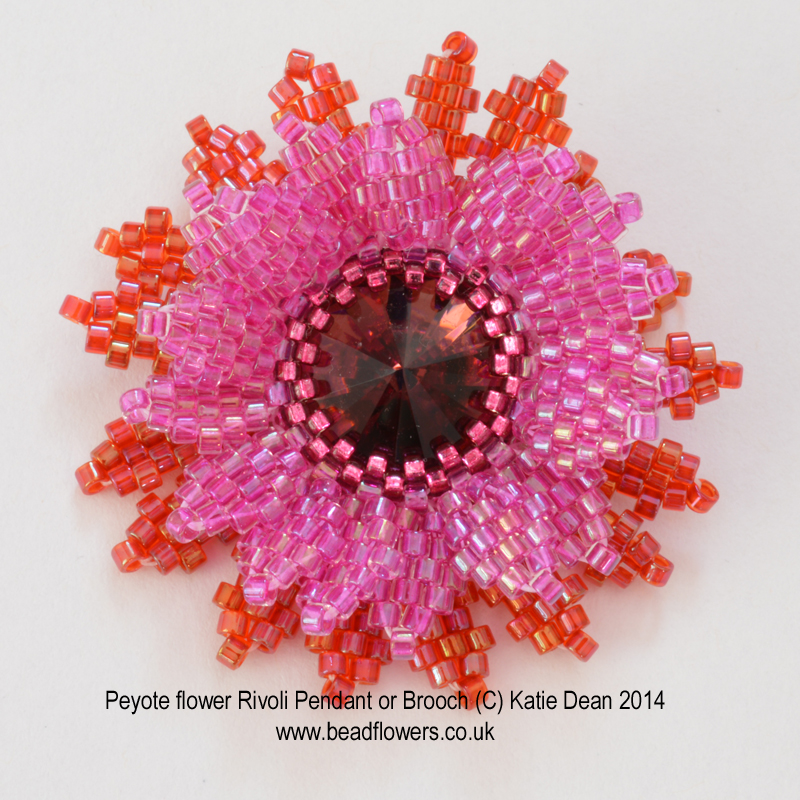
Now, Peyote stitch is a huge, fundamental, beading technique. You will find literally thousands of designers and millions of beading projects that are made with Peyote stitch.
Specifically, this is a bead-weaving technique. So, that means it is a way of using needle and thread to join beads together. Peyote stitch has a special thread path, which is distinctive and strong.
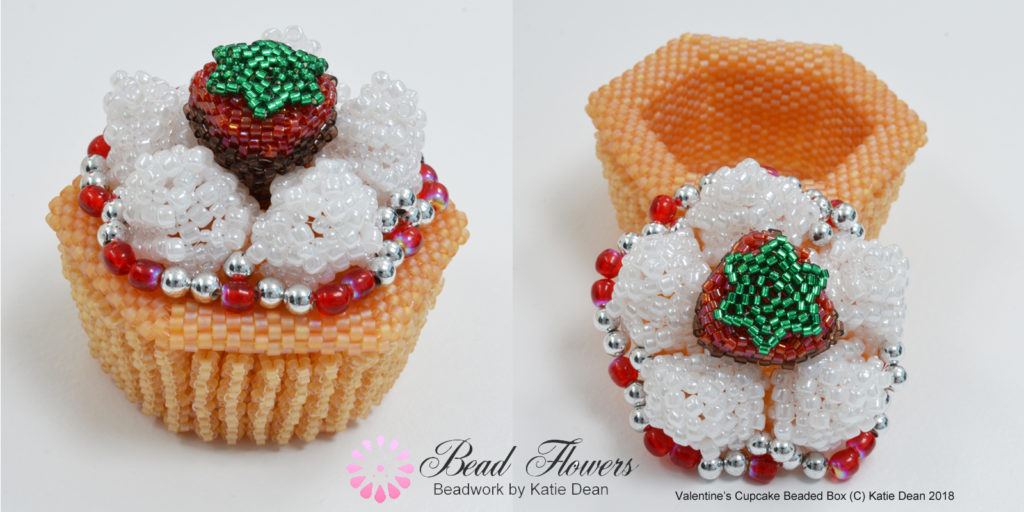
I’m going to scatter a few images in this blog post so you can see just how versatile Peyote stitch is, as a beading technique. You can use it to make jewellery and flat work, or to make three-dimensional objects.
So, as you might imagine, Peyote stitch has a lot of variations and types. Now, if you’re wanting to find out how to learn Peyote stitch, you are in the right place. Whilst you can plunge in anywhere, it will definitely help if you follow the order I’m about to outline.
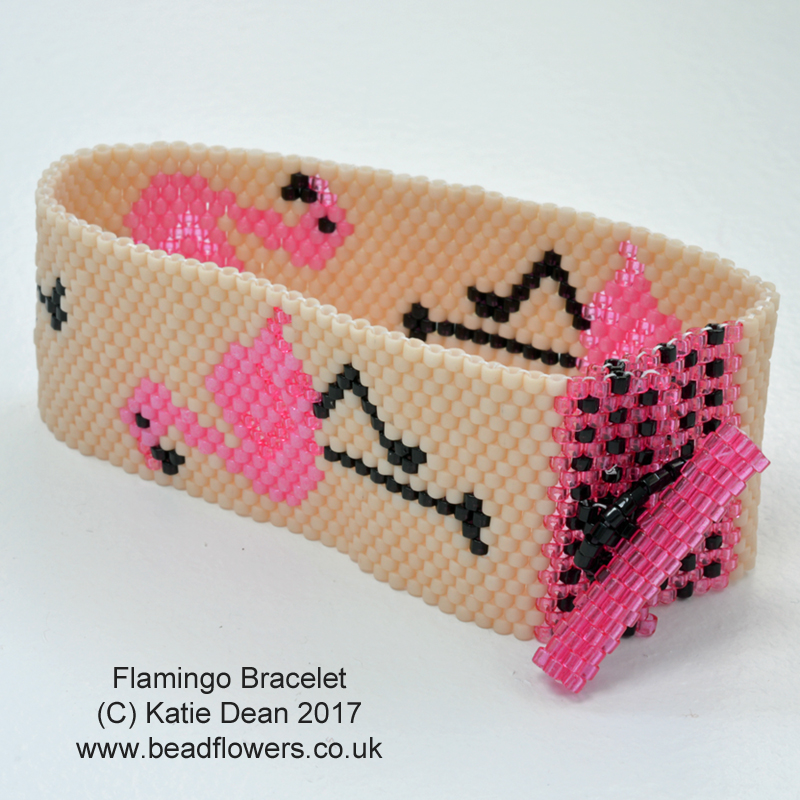
How to learn Peyote stitch the right way!
I believe you will be more successful in learning this technique if you take it in baby steps and follow those in the right order.
So, start by learning the flat variations of Peyote stitch. Then, move on to learning how to add some shaping (increasing and decreasing).
From here, you can learn how to start working in three-dimensions.

So, I have put together a series of blog posts which you will find in this section. Each one covers one step and I strongly recommend that you follow them in this order…
- Even count Peyote
- Odd count Peyote
- Diamond Peyote Stitch
- How to Follow a Peyote stitch pattern
- Increasing and decreasing at the end of a row
- Increasing and decreasing in the middle of a row
- Circular Peyote
- Tubular Peyote
- Cellini Spiral
- Stitch in the Ditch
Incidentally, this is also (roughly) the order in which I have published the posts.
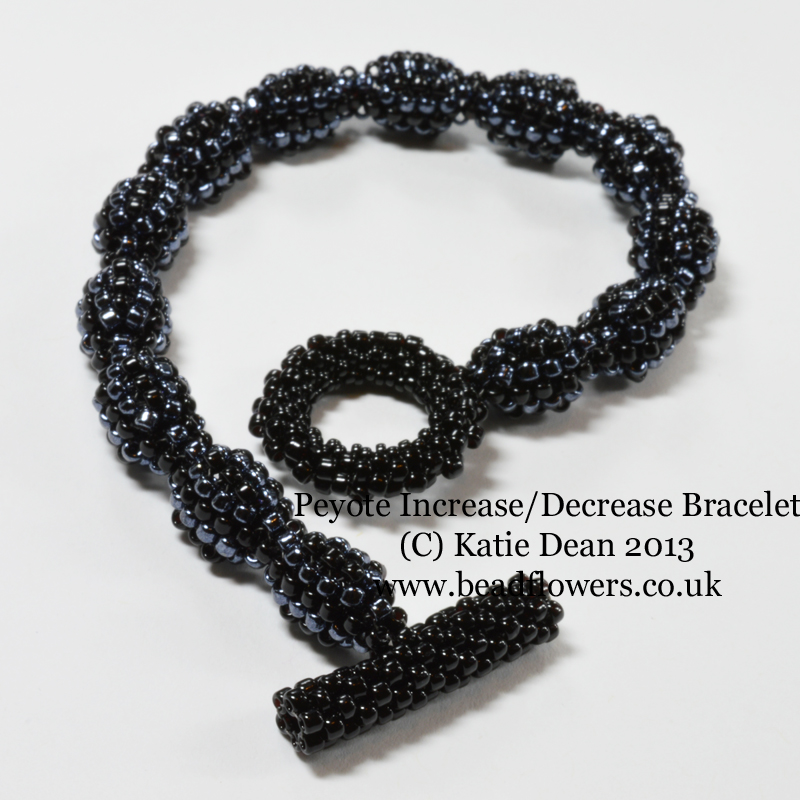
Each post also offers links to some easy patterns that will help you practise the technique you have just learned. If you are interested, then this booklet will take you through from beginner to advanced level, with some fabulous projects to try.
If you are interested in learning more beading techniques, you might also like to browse these free tutorials. They cover a range of different stitches and are a simple way to learn the basics.
